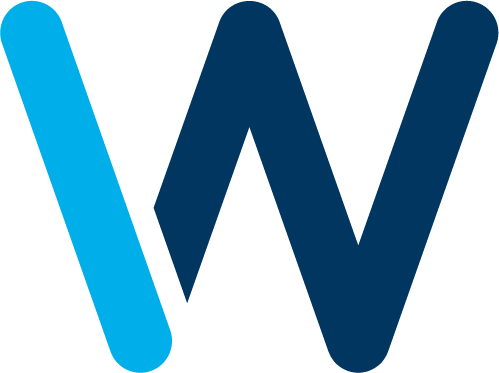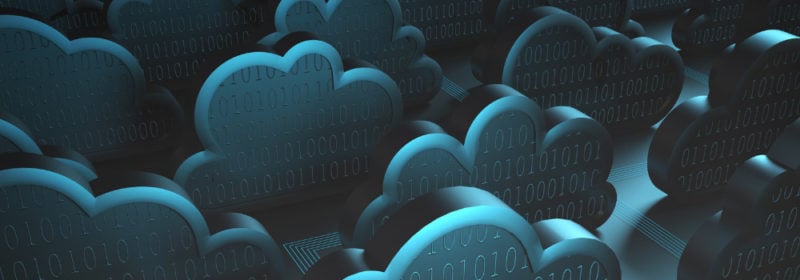“ To manage Cloud resources on a daily basis, developers and operators usually execute commands using the official CLI in their terminal. Others may prefer to interact with Cloud Providers through their browser by connecting to their respective portal/console. But here’s the kicker with Azure: as VSCode, a very popular IDE, is also developed by Microsoft, it offers a wide integration with remote services through official extensions. Concretely, it means that in an IoT context where you need to iterate rapidly, you can see which of your test devices are connected, modify their device twin as any regular file and even send them RPC. Similarly, when processing telemetry data with Azure Functions the development cycle of ‘edit → push → run’ is a delight. ”
Bruno Heridet — Software Engineer, on working with Azure
These things, in combination with other small quality of life benefits such as Azure’s built-in support for symmetric keys when prototyping and secondary credentials of all kinds when moving into production make Azure an excellent option for many IoT projects.
What to Watch for with Microsoft Azure
As the Azure Sphere program develops, we might continue to see more partnerships between Azure and silicone manufacturers. These partnerships may lead to even more opportunities for IoT device manufacturers to skip entire portions of previously required development processes the same way that Azure Sphere does for the authentication and credentialing process now.
Additionally, Azure has continued to make significant improvements to its IoT Edge features. Enabling more remote debugging and monitoring utilities out of the box with their IoT Edge container runtime. For organizations seeking to leveraged containerized applications, the development of these features makes it a more and more appealing prospect.
Potential Challenges
With the most popular IoT Cloud Platforms, one of the key drawbacks is simply finding the engineering talent required to develop the robust, secure, and feature-rich applications you want. If you need help with this, reach out to us.
While the set of Azure of IoT services goes head to head with other top contenders, the broader suite of cloud services it offers might be slightly behind the global cloud leader – AWS. This is less of a concern for the IoT engineering process and more a consideration when creating web applications that integrate with it.








